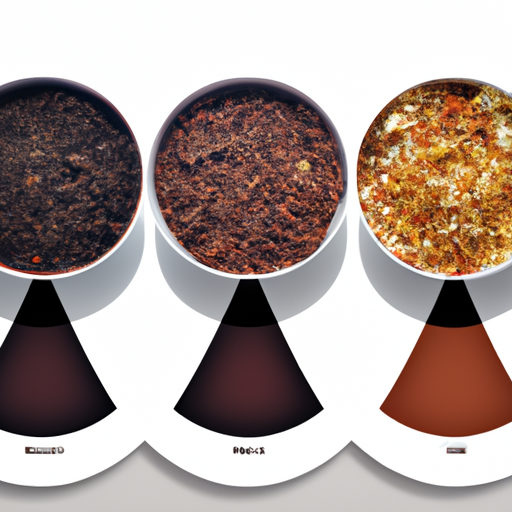Tea Blends: An Experimental Journey In Search of the Perfect Flavor Symphony
Ah, the elusive art of blending tea: a daring endeavor into uncharted flavor territories that can be both perilous and rewarding. Like any creative endeavor, blending tea is part intuition, part technical prowess, and a whole lot of trial and error. In this adventure, we will explore different methods of tea blending, some exciting combinations to stimulate your taste buds, as well as learning how to experiment with blending yourself. So, blend it like Beckham and let's jump into the intoxicating world of tea mixology!
Classic Blends
Tea blends have been around for centuries, with many of them becoming icons in their own right. These classics have served as a springboard for contemporary tea blenders and enthusiasts alike.
| Blend | Components | Origin | Unique Notes |
|---|---|---|---|
| Earl Grey | Black tea, bergamot oil | England | Citrusy, fragrant |
| Chai | Black tea, Indian spices | India | Warming, invigorating |
| Genmaicha | Green tea, roasted rice | Japan | Toasty, savory |
| Jasmine | Green or white tea, jasmine petals | China | Floral, delicate |
| Lapsang Souchong | Black tea, pine smoke | China | Smoky, bold |
| London Fog | Earl Grey, vanilla, and steamed milk | England | Creamy, comforting |
These iconic blends serve as both an inspiration and a base for further experimentation. Dare to put your twist on a classic, or perhaps create an entirely new blend with the confidence that your tea adventures are in good company.
Blending Methods
When diving into tea blending, there are several methods to employ. Experimenting with these techniques can lead to some truly unique flavor symphonies:
1. Direct Mixing
The most basic method of blending requires directly mixing different tea leaves or ingredients. This can be as simple as combining two types of tea leaves (e.g., black and green) or adding herbs, spices, or dried fruits to the tea for an intriguing level of complexity.
2. Layering Fragrances
Fragrances are infused into tea leaves by layering flowers, fruits, or other aromatic ingredients with the leaves and storing them together for a specified period. Jasmine and rose-scented teas are often created using this method. Gradually, the aroma seeps into the tea leaves, infusing them with the scent of the added ingredients.
3. Infusing Flavor
The infusion process utilizes fats, oils, or alcohols to introduce flavors to the tea leaves. Earl Grey is created by infusing tea leaves with bergamot oil, while delicate butter teas are achieved by mixing tea leaves with butter.
4. Smoking
For a bold and smoky experience, tea leaves are exposed to smoke by burning ingredients nearby (such as pine or other woods). Lapsang Souchong is a famous example of a smoked tea blend.
Exciting Combinations to Experiment With
Whether you're a novice or seasoned tea blender, here are a few unique combinations to explore and perhaps inspire your next tea-quaffing escapade:
- Hibiscus Green Tea with Pomegranate: The tartness of hibiscus melds perfectly with green tea's fresh notes, while the pomegranate adds a bit of fruity sweetness.
- Chocolate Chili Black Tea: Bold black tea is paired with the decadence of chocolate and the kick of spicy chili for a truly thrilling sip.
- Lemon Lavender Rooibos: Delicate and relaxing lavender entwines with lemon for a bright twist on the naturally sweet and caffeine-free rooibos.
- Ginger Peach Oolong: Oolong's complexity, combined with the sweet succulence of peach and the slight bite of ginger, creates a well-balanced and invigorating fusion.
Blending Tea at Home
When experimenting with tea blending at home, there are a few helpful tips to set you on the path to success:
- Begin with high-quality tea leaves and ingredients, as their flavors will be the foundation of your blend.
- Start small: When mixing ingredients, a little goes a long way. Begin with small amounts of each ingredient and document your recipe for future reference and adjustments.
- Be mindful of brewing times and temperatures, as different teas may require unique parameters to extract their full flavor potential.
As you embark on your tea blending adventure, remember that the journey is the destination. Embrace the creative process and the joy of discovering unexpected taste combinations as you fine-tune your skills. And above all, savor each sip along the way.
Who knows? With a little persistence and talent, you may just create the next iconic tea blend or discover a new favorite cuppa. We would be tea-lighted to hear about your experiences and favorite blends, so don't hesitate to share them in the comments below! Let's create a flavor symphony together in the vibrant world of tea.
